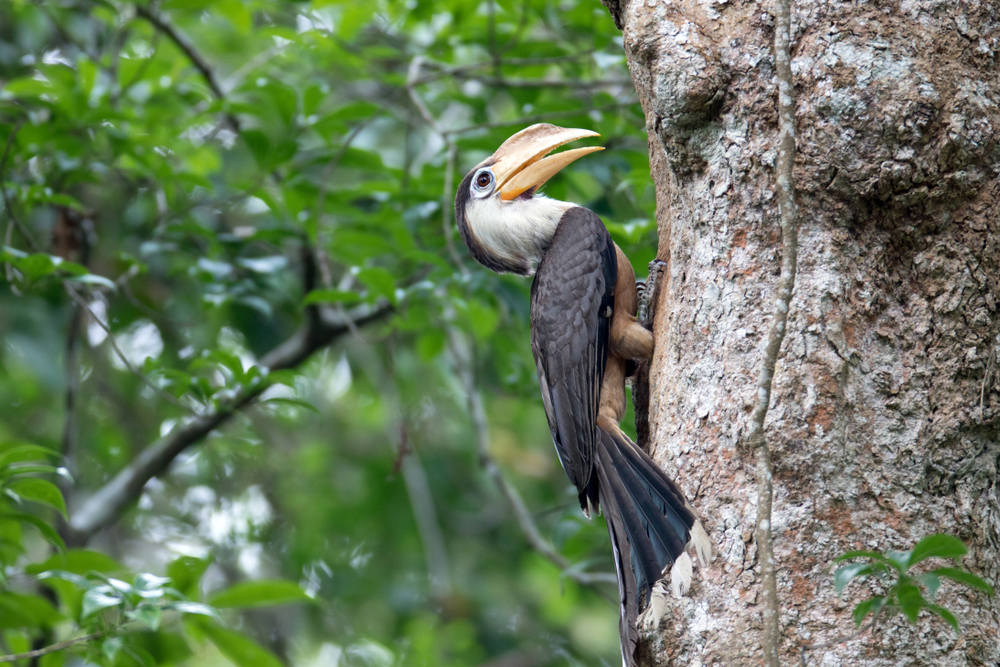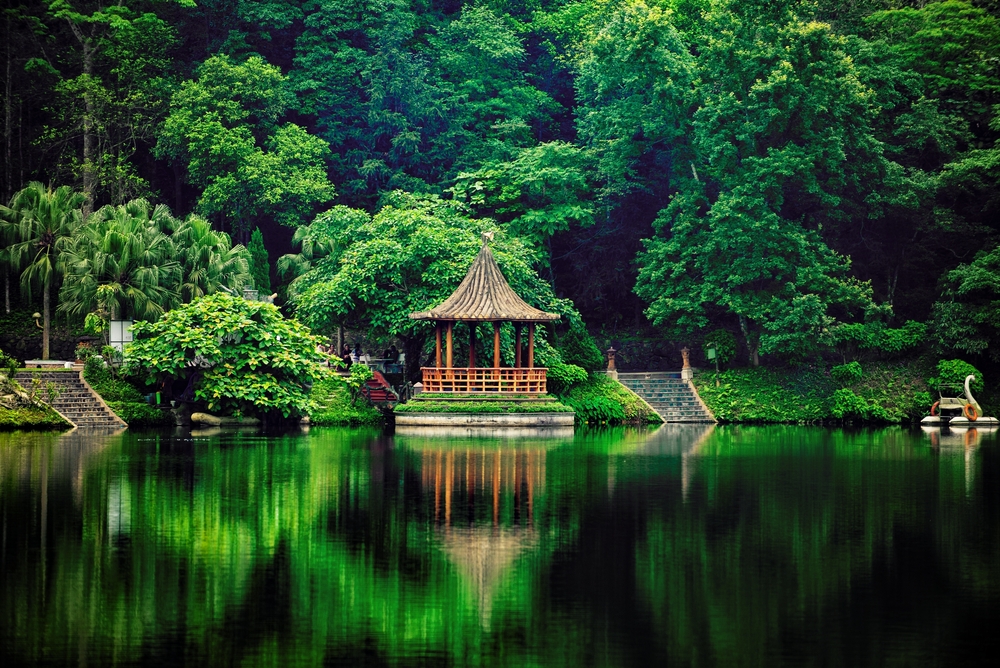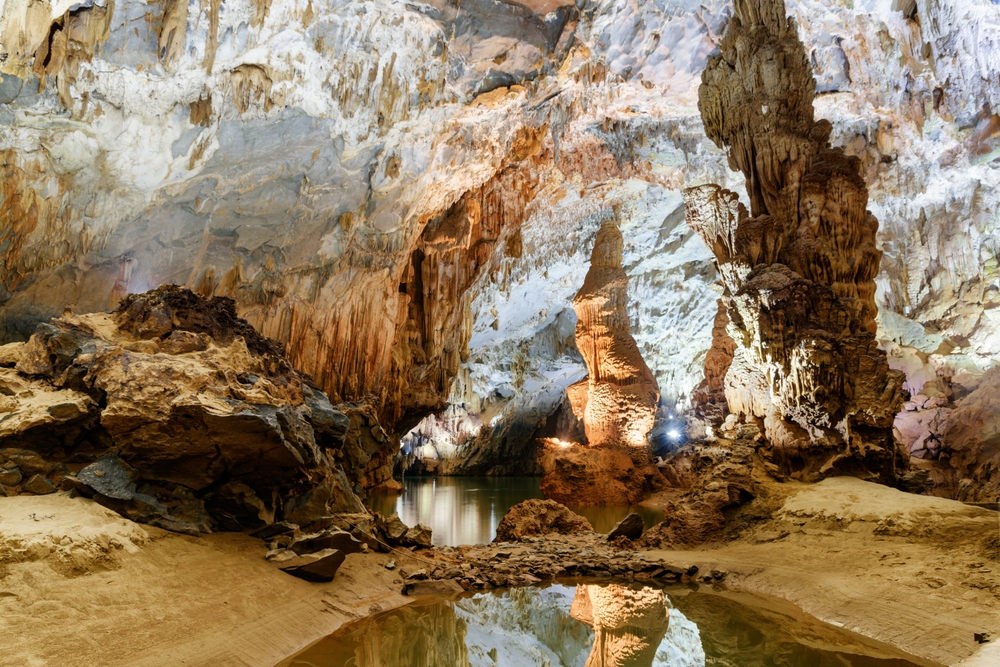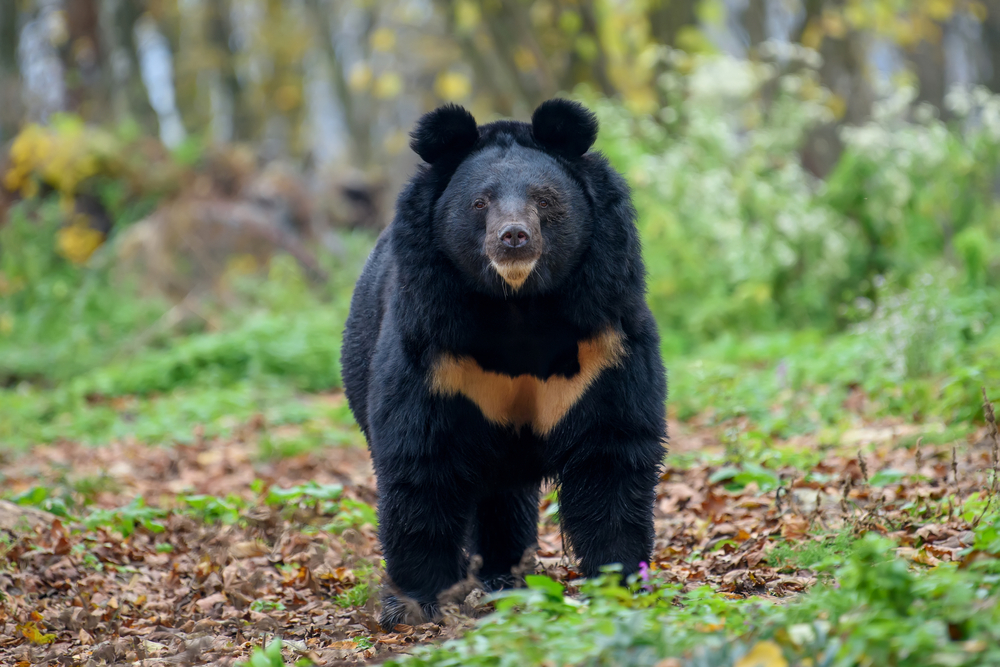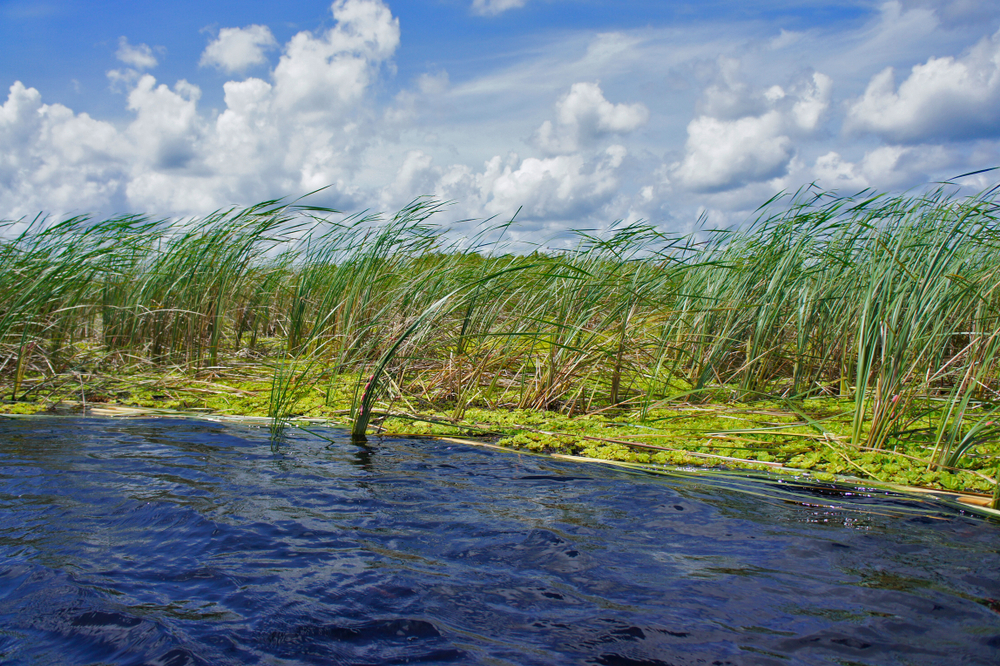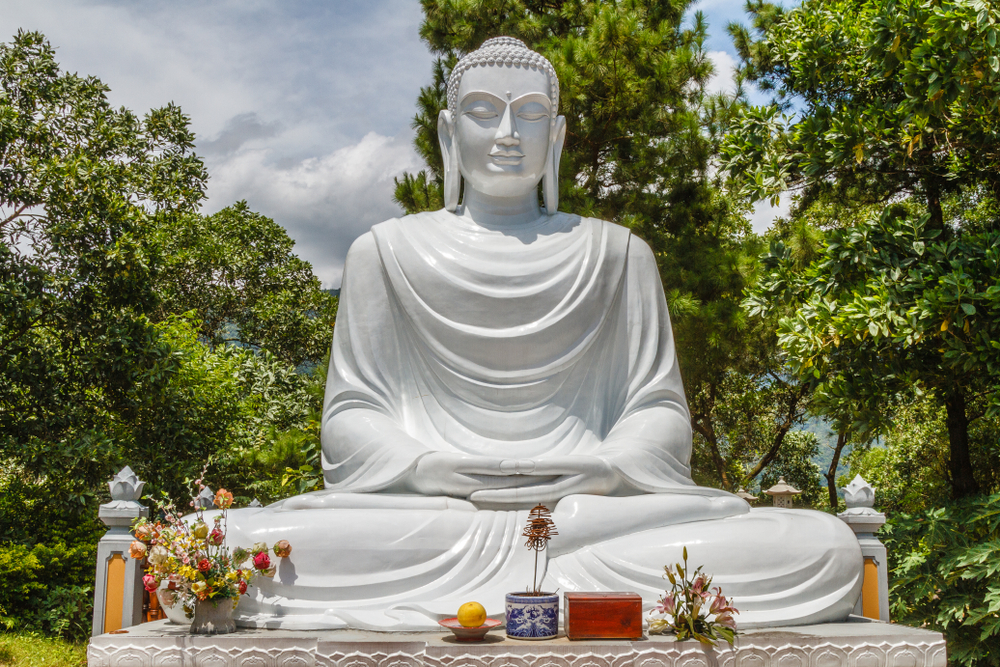Xuân Sơn Overview
Xuân Sơn National Park (Vườn Quốc gia Xuân Sơn), located in Phú Thọ Province in northern Vietnam, spans an impressive 59 square miles (153 square kilometers). Nestled at the tail end of the Hoàng Liên Sơn Mountain Range, the park is renowned for its rugged terrain, limestone karsts, and dense forest cover. It lies approximately 75 miles (120 kilometers) northwest of Hanoi, offering visitors a retreat into a pristine natural world filled with breathtaking scenery and ecological diversity.
The terrain of Xuân Sơn is dominated by karst mountains, with peaks such as Ten Mountain reaching over 4,950 feet (1,500 meters). Limestone formations create dramatic cliffs, caves, and valleys, providing a unique landscape that is as scientifically significant as it is visually stunning. Xuân Sơn boasts an extensive cave system, including the notable Hang Lang Cave, with its stalactites and underground streams.
Dense tropical forests blanket more than 80% of the park, and bamboo groves intermingle with hardwood trees, providing a lush canopy. The park also features winding rivers and waterfalls, such as Thác Mơ, whose cascades are a favorite among visitors.
The park’s biodiversity is one of its crowning jewels. Xuân Sơn is home to a wide array of wildlife, with over 120 bird species and nearly 80 mammal species identified within its boundaries. Visitors may spot langurs, civets, muntjac deer, and even rare species such as the François’ langur.
Bird enthusiasts will be thrilled to encounter species like the white-winged magpie, pheasants, and hornbills. Reptiles, amphibians, and a plethora of insects add to the park’s incredible diversity, making it a hotspot for researchers and nature lovers alike.
Visitors are drawn to Xuân Sơn not only for its natural beauty but also for its cultural significance. The area is home to ethnic minority groups, including the Dao and Muong communities, who maintain traditional lifestyles and customs. Their stilt houses, handicrafts, and festivals offer a glimpse into Vietnam’s cultural heritage. Popular activities in the park include trekking through its forest trails, exploring its caves, and birdwatching. Guided tours often incorporate visits to local villages, allowing for meaningful cultural exchanges.
Despite its many attractions, Xuân Sơn National Park faces conservation challenges. Habitat destruction and illegal hunting have posed threats to its delicate ecosystem. However, conservation efforts led by park management and local communities have yielded some successes, such as reforestation projects and wildlife monitoring programs. Collaborative initiatives aim to balance ecological preservation with sustainable tourism, ensuring that Xuân Sơn remains a haven for future generations.








































































